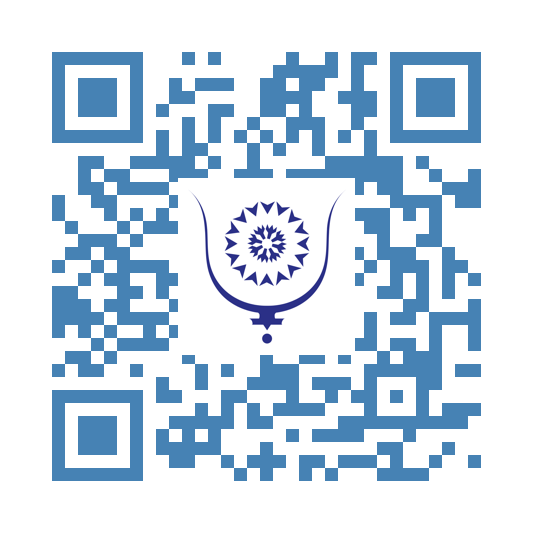Servitors and golems
Throughout history, humans have imagined and created artificial beings for a determined purpose and animated by will. Two classical examples of these constructs, from different cultural traditions, are servitors and golems. Both represent the human desire to give form to one's intentions, still they represent distinct philosophical and mystical ideas.
Servitors are constructs created through mental or magical discipline, mainly within modern occult traditions. They are essentially thoughtforms, shaped from the mind’s energy and given a task or purpose by their creator. A servitor is bound by the will of its creator and exists to fulfill specific functions, such as protection, assistance, or manipulation of circumstances.
The process of creating a servitor is a kind of psychic programming—the practitioner defines the servitor’s purpose, often assigning it a symbolic form or sigil to help channel its energy. Unlike physical constructs, servitors exist in the ethereal realm and are maintained by the energy and focus of their creator. Some belief systems deem that servitors can be “released” or “destroyed” once their purpose is fulfilled, ensuring they do not linger or develop independence.
Servitors highlight the power of the mind to create and manifest reality through focus, belief, and willpower.
On the other hand, golems come from Jewish mystical traditions, particularly Kabbalistic teachings. Unlike servitors, golems are physical constructs, typically made from inanimate materials like clay or stone. The most famous golem is the Golem of Prague, a figure created by Rabbi Judah Loew in the 16th century to protect the Jewish community from persecution.
The golem is brought to life through ritualistic methods, often involving the inscription of sacred words or symbols, such as the Hebrew word “emet” (“truth”) on its forehead. These letters imbue the golem with life, while erasing the first letter (leaving “met,” or “death”) deactivates the golem.
Golems are typically portrayed as powerful but mindless creatures, existing to carry out their creator’s commands without question. Unlike servitors, who may represent aspects of the creator’s mind, golems are more like automatons, lacking independent thought or will. Their power is derived from the ancient association between earth and life and once created, can become uncontrollable.
While servitors are products of mental and magical discipline, golems represent the manipulation of physical matter through divine or mystical intervention. Servitors serve as an extension of the creator’s mental faculties, flexible and dynamic in their purpose. Golems, on the other hand, are a manifestation of physical creation, rigid and often prone to unintended consequences if not properly controlled.
There are other forms of artificial beings which could be created. Franz Bardon, for example, gave us a few methods on how to create beings that could be qualified as in between the ones discussed in this text.
Both servitors and golems reflect humanity’s ongoing fascination with the power of creation and the ways in which we might give life to our intentions. Whether through thought or clay, the desire to animate constructs reflects both a deep imagination and a cautionary tale about the limits of control over what we create.
Share:
Servitors and golems
copy:
https://bluwr.com/p/39846810
Servitors and golems
Throughout history, humans have imagined and created artificial beings for a determined purpose and animated by will. Two classical examples of these constructs, from different cultural traditions, are servitors and golems. Both represent the human desire to give form to one's intentions, still they represent distinct philosophical and mystical ideas.
Servitors are constructs created through mental or magical discipline, mainly within modern occult traditions. They are essentially thoughtforms, shaped from the mind’s energy and given a task or purpose by their creator. A servitor is bound by the will of its creator and exists to fulfill specific functions, such as protection, assistance, or manipulation of circumstances.
The process of creating a servitor is a kind of psychic programming—the practitioner defines the servitor’s purpose, often assigning it a symbolic form or sigil to help channel its energy. Unlike physical constructs, servitors exist in the ethereal realm and are maintained by the energy and focus of their creator. Some belief systems deem that servitors can be “released” or “destroyed” once their purpose is fulfilled, ensuring they do not linger or develop independence.
Servitors highlight the power of the mind to create and manifest reality through focus, belief, and willpower.
On the other hand, golems come from Jewish mystical traditions, particularly Kabbalistic teachings. Unlike servitors, golems are physical constructs, typically made from inanimate materials like clay or stone. The most famous golem is the Golem of Prague, a figure created by Rabbi Judah Loew in the 16th century to protect the Jewish community from persecution.
The golem is brought to life through ritualistic methods, often involving the inscription of sacred words or symbols, such as the Hebrew word “emet” (“truth”) on its forehead. These letters imbue the golem with life, while erasing the first letter (leaving “met,” or “death”) deactivates the golem.
Golems are typically portrayed as powerful but mindless creatures, existing to carry out their creator’s commands without question. Unlike servitors, who may represent aspects of the creator’s mind, golems are more like automatons, lacking independent thought or will. Their power is derived from the ancient association between earth and life and once created, can become uncontrollable.
While servitors are products of mental and magical discipline, golems represent the manipulation of physical matter through divine or mystical intervention. Servitors serve as an extension of the creator’s mental faculties, flexible and dynamic in their purpose. Golems, on the other hand, are a manifestation of physical creation, rigid and often prone to unintended consequences if not properly controlled.
There are other forms of artificial beings which could be created. Franz Bardon, or example, gave us a few methods on how to create beings that could be qualified as in between the ones discussed in this text.
Both servitors and golems reflect humanity’s ongoing fascination with the power of creation and the ways in which we might give life to our intentions. Whether through thought or clay, the desire to animate constructs reflects both a deep imagination and a cautionary tale about the limits of control over what we create.
Share:
Servitors and golems
copy:
https://bluwr.com/p/39846806


